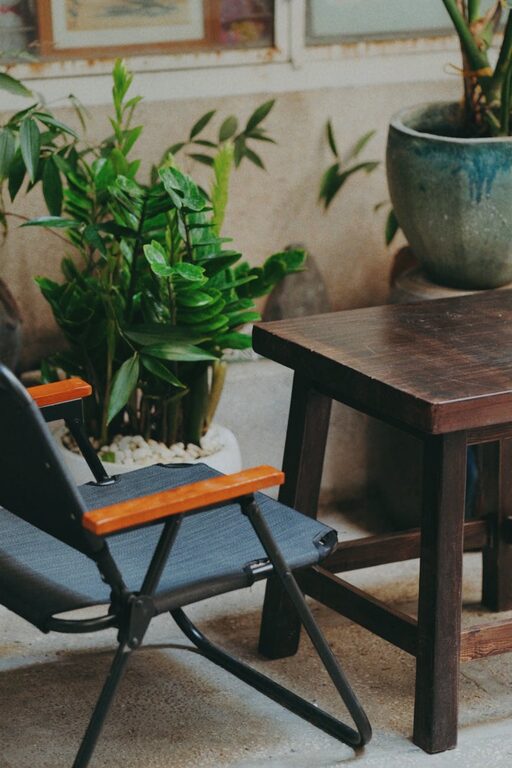Bringing plants into your home is one of the easiest and most rewarding ways to refresh your living space. Not only do plants add natural beauty and texture, but they also improve air quality and promote wellbeing. Whether you’re a seasoned plant parent or just starting out, this guide will help you transform your home into a greener, healthier environment.
Why Add Plants to Your Home?
Plants do more than just decorate:
– Improve air quality: Many indoor plants filter toxins and increase oxygen.
– Boost mood: Studies show that interacting with plants reduces stress.
– Enhance decor: Plants add color, texture, and a fresh vibe to any room.
– Increase humidity: Helpful in dry indoor environments.
– Create a sense of calm: Nature indoors can promote relaxation and focus.
No wonder plants have become staples of modern home design!
Choosing the Right Plants for Your Space
Before shopping, consider these factors:
Light Conditions
Check how much natural light your room receives:
– Low light: Snake plants, pothos, and ZZ plants thrive here.
– Medium light: Peace lilies, spider plants, and philodendrons do well.
– Bright light: Succulents, cacti, and fiddle leaf figs prefer sunny spots.
Maintenance Level
Be honest about how much time you’ll dedicate to plant care:
– Low maintenance: Succulents, pothos, and snake plants need minimal watering.
– Moderate care: Spider plants and peace lilies may require more attention.
– High maintenance: Fiddle leaf figs or flowering plants often need careful watering and more light.
Size and Placement
Think about where you want your plants:
– Tabletop plants: Small and midsize pots for shelves, desks, or side tables.
– Floor plants: Larger pots for corners or next to furniture.
– Hanging plants: Great for saving space and adding dimension.
– Windowsills: Ideal for sun-loving plants.
Popular Plants to Refresh Your Home
Here are some favorites that suit various styles and levels of experience:
Snake Plant (Sansevieria)
– Tolerant of low light and irregular watering.
– Perfect for beginners.
– Features tall, elegant leaves that suit modern decor.
Pothos
– Easy to grow with trailing vines.
– Survives in low to bright indirect light.
– Can be displayed in hanging baskets or on shelves.
Spider Plant
– Grows quickly and produces “baby” offshoots.
– Prefers bright, indirect light.
– Great for purifying air.
Peace Lily
– Beautiful white blooms and dark green leaves.
– Prefers medium light and consistent moisture.
– Excellent for adding a touch of elegance.
Succulents and Cacti
– Require bright light and minimal watering.
– Wide variety of shapes and colors.
– Ideal for sunny spots and beginners.
Fiddle Leaf Fig
– Large, broad leaves make a statement.
– Needs bright, indirect light and consistent care.
– Popular in contemporary interiors.
Tips for Displaying Plants
A stylish display makes all the difference:
– Use varied pot sizes and styles: Mix ceramic, terracotta, and woven baskets for texture.
– Group plants together: Create mini indoor gardens or focal points.
– Use plant stands or shelves: Adds vertical interest.
– Incorporate trailing plants: Let vines drape from shelves or corners.
– Coordinate with your decor: Match pot colors or styles with your room’s theme.
How to Care for Your Indoor Plants
Healthy plants thrive with consistent care:
Watering
– Avoid overwatering. Check soil moisture before watering.
– Most plants prefer watering when the top inch of soil feels dry.
– Ensure pots have drainage holes to prevent root rot.
Light
– Rotate plants regularly to promote even growth.
– Adjust placement as seasons change and light shifts.
Soil and Fertilizer
– Use potting mix formulated for indoor plants.
– Fertilize during growing seasons (spring and summer) with a balanced houseplant fertilizer.
Cleaning
– Wipe leaves occasionally to remove dust.
– Helps plants breathe and look vibrant.
Pruning
– Remove yellow or dead leaves.
– Prune to control shape and encourage growth.
Adding Plants Beyond the Usual Spots
Think outside the box:
– Hang air plants from light fixtures or windows.
– Use terrariums for small plants in bathrooms or offices.
– Place plants near your kitchen herbs to blend greenery and function.
– Decorate shelves or mantels with small potted plants and succulents.
Final Thoughts
Refreshing your home with plants doesn’t require a big budget or green thumb. Start small, choose plants suited to your space and lifestyle, and enjoy the natural beauty and benefits they bring. Over time, you’ll discover which plants bring you joy and which rooms feel more alive and welcoming. Happy planting!

